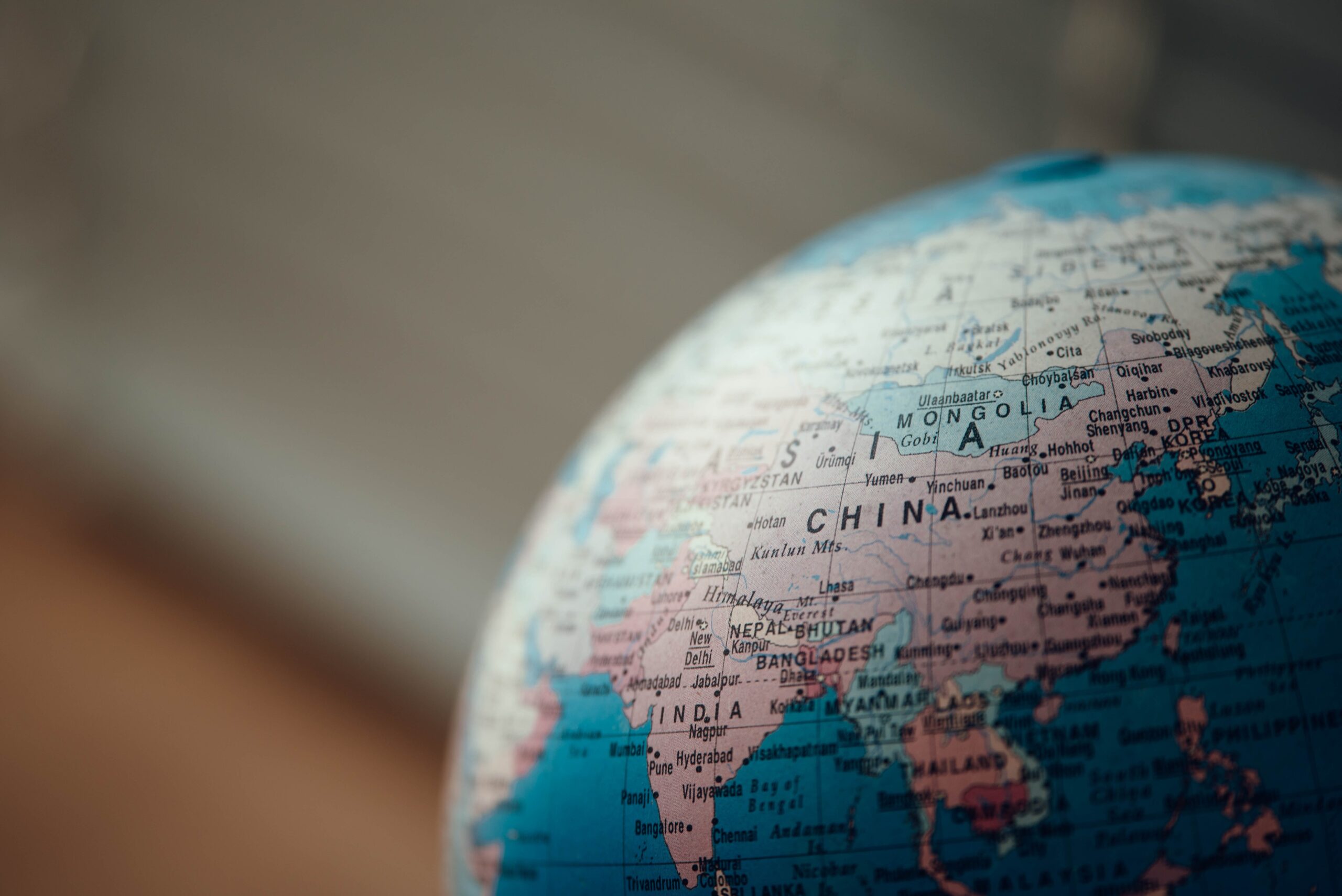The simmering tensions between India and China across eastern Ladakh have led to major developments in the geopolitical landscape. Since May 2020: military build-up on the LAC has been raising questions on China’s intentions towards India’s territorial integrity.
The Dragon is breathing fire on India’s sea lanes too.
June 15- The first Sino-Indian skirmish since 1975, became a triggering point in Indo-China relations.
Reports of Chinese surveillance and presence in Indian waters have shaken the foundation of bilateral understanding. China’s presence in the South China Sea and Indian Ocean Region (IOR) speaks volumes about its expansionist mindset.
Hong Kong’s National Security Law
In late June, China imposed a National Security Law in Hong Kong. It continues to be condemned by nations worldwide. The new draconian law dissolves the ‘One Country Two Systems’ arrangement with Hong Kong. Read https://thewonk.inhong-kong-under-national-dragonian-security-law/ for clarity on the Hong Kong National Security Law.
Since the announcement of the law, many countries have been pulling out and suspending their extradition treaties with Hong Kong. By suspending the extradition treaties, global players are signalling that they strongly oppose the new law.
China has been unshaken by the opposition and strong condemnation, and in retaliation has suspended Hong Kong’s extradition treaties with those nations.
India bans 59 Chinese apps
On June 29, The Indian government banned a total of 59 Chinese applications. The Indian Ministry of Electronics and IT: invoked its power under section of 69A of the Information Technology Act; with the relevant provisions of the Information Technology ACT read with the relevant provisions of the information technology (procedure and safeguards for blocking for access of information by the public) rules 2009. Views of the emergent nature of threats has decided to block 59 apps.
Though China has made claims of de-escalating from the LAC. Various media reports and defence inputs suggest that China is advancing towards Indian territory and is not backing down. China recently outbid India on the Chabahar port deal with Iran. This created hurdles in the India- Afghanistan- Iran trilateral agreement on Establishment of International Transport and Transit Corridor.
India’s embargo on Chinese equipment
The Raksha Mantri Office (Defence Minister of India’s office) on August 9 tweeted:
“Raksha Mantri Shri @rajnathsingh will make an important announcement at 10.00 am today,” RMO India tweeted. This comes a day after senior military commanders from India and China held talks on reducing tensions along the Line of Actual Control (LAC) in eastern Ladakh.
August 9, Sunday- The Indian government announced that it will ban imports of more than 100 items of military equipment. The government aims to boost its own economy and improve self-reliance in weapons manufacturing.
- Indian Defense Minister Rajnath Singh said: The government is planning to gradually implement the embargo on select military imports through at least 2024.
- India will ban imports of 101 items of military equipment, in an effort to boost indigenous production and improve self-reliance in weapons manufacturing.
- “Our aim is to appraise the Indian defence industry about the anticipated requirements of the Armed Forces so that they are better prepared to realize the goal of indigenization.” – Singh tweeted.
- “This is a big step towards self-reliance in defence.”
Implications of the embargo
While the Defence minister’s announcement was welcomed as another step towards boycotting Chinese imports, speculations rise in the aftermath of the embargo.
There are various apprehensions regarding the boycott on China. Many Indian companies have been closely tied to working with Chinese businessmen and financial institutions. It is feared that this might create a void in the Indian market for a considerable amount of time. It may take time for India to strategise, implement and then produce deliverables under the Atmanirbhar Abhiyan or self-reliance scheme.
Mukesh Aghi, president of the U.S. said: “We are concerned about the repercussions an unanticipated embargo on the import of goods from neighbouring countries will have on the supply chain and manufacturing.”
India Strategic Partnership Forum in a letter sent to Guruprasad Mohapatra, secretary of the government department.
Financial Express reported:
The Indian electrical equipment manufacturers’ association (IEEMA) said that the decision addressed its long-standing demand and would help in utilising the country’s “30-40% excess manufacturing capacity”.
“This will block cheap and inferior-quality imports from China and also lower the risk of cyber attacks on our critical power infrastructure.” – RK Chugh, president of IEEMA, said. About 70% of Indian electrical equipment industry comprises small and medium-scale enterprises. These provide jobs of over 5 million across the entire value chain, the association pointed out.
De-escalation talks
On August 6, Ministry of External Affairs spokesperson Anurag Srivastava said: “The two Special Representatives had agreed that early and complete disengagement of the troops along the Line of Actual Control (LAC) and de-escalation from India-China border areas in accordance with bilateral agreement and protocols and full restoration of peace and tranquillity was essential for the overall development of bilateral relations. India remains committed to this objective.”
“We also expect that the Chinese side will work with us sincerely for complete disengagement, de-escalation and full restoration of peace and tranquillity in the border areas.”
By Kunjan Ahluwalia

